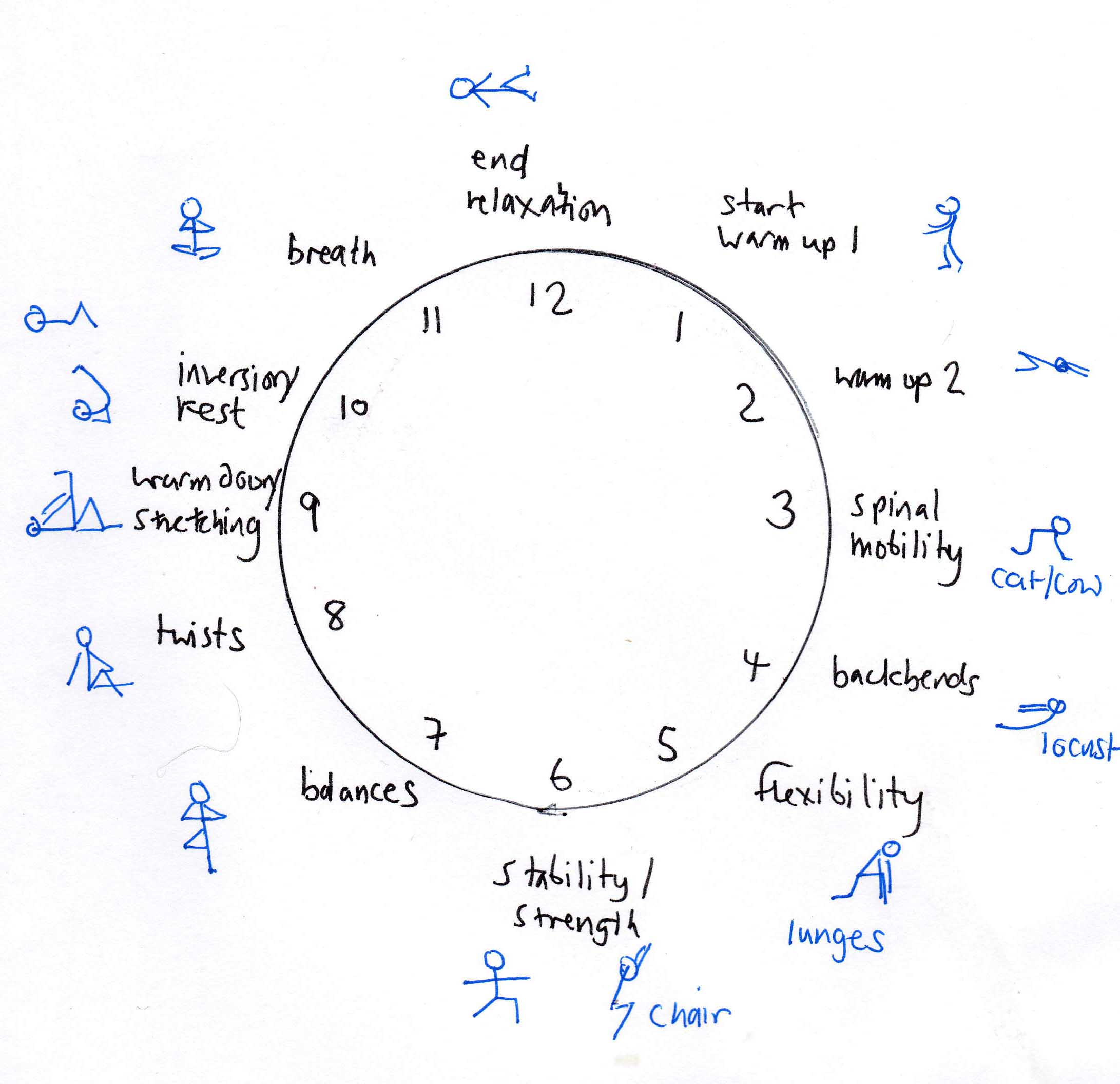Published: Oct 31, 2015 by Lucy Tennyson
Some people like to cultivate yogic practices that are more in line with the lunar cycles and nature - the issue of the moon and its effect on mood has long been discussed in both the science and yoga worlds.
In India, the full moon is referred to as the ‘Guru Purnima’, the Guru Moon, and is believed to be a profound source of wisdom. Over time, many lunar associations have evolved: intuition, creativity, our feminine side and water for example. The Buddha is said to have been born, gained Enlightenment and died all on a full moon. The word ‘Hatha’ in Sanskrit is made up of ‘ha’ meaning sun, ‘tha’ meaning moon.
While sun salutations are regarded as heating and energising, moon salutations are seen as cooling and calming. More esoteric yoga theory goes on to suggest that at full moon our pranic energy (Prana Vayu) is more dominant. This is an upward moving energy that is said to cause overstimulation of both body and mind. So potentially a practice that cultivates the opposite, Apana - downward flowing energy - could be appropriate during this part of the lunar cycle.
Here is a reminder of the moon salutation we practised this week. There are many different moon salutations, but most include a goddess squat, crescent moon and a forward bend. Please note, these stick figures are just intended to act as a reminder, and should not be used as a how-to guide.

